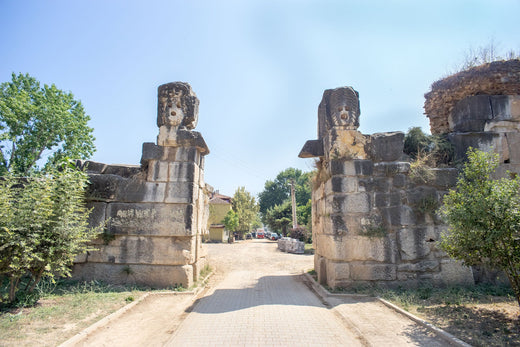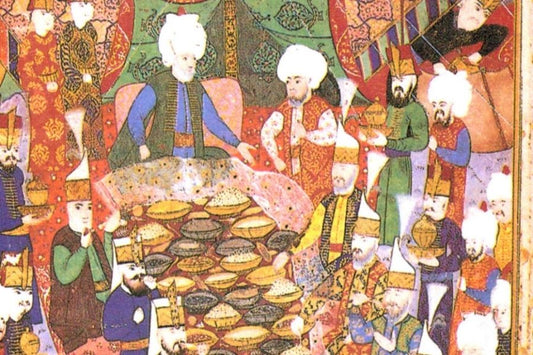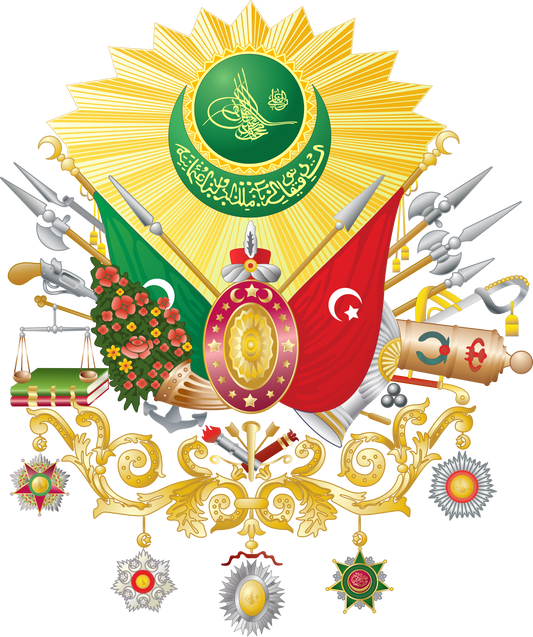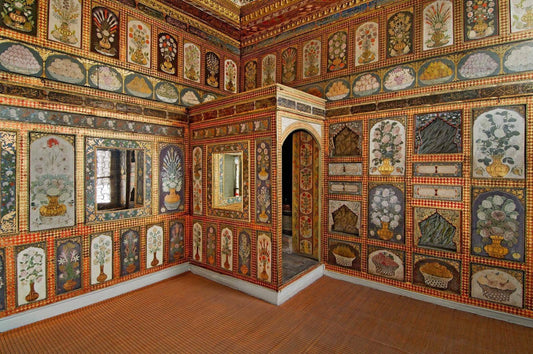Nicaea, a favorite of countless prominent figures and states, from Alexander the Great to Constantine I, from Suleiman the Magnificent to Orhan Gazi, has always stood out throughout history due to its proximity to Istanbul, fertile lands, and lakeside location. In this article, we will discuss the empires that once ruled Nicaea and the history of this unique city.
Nicaea and Christianity
In 325, a significant turning point in Christian history, Nicaea hosted the First Council of Nicaea. Emperor Constantine I attended this meeting, and the Council adopted the 20-article document known as the Nicaean Laws, along with Christian feast days. The Seventh Council, convened in Hagia Sophia in Nicaea in 787, further cemented Nicaea's place in Christian history.
Iznik - The First Turkish Capital of Anatolia
The Great Seljuks accelerated their influence in Anatolia by winning their first war with the Byzantine Empire (the Battle of Pasinler). Following their victory at the Battle of Manzikert in 1071, Turks from regions such as Iran, Azerbaijan, and Khorasan began migrating to Anatolia. Süleyman Shah of the Seljuk Dynasty captured Nicaea in 1075, establishing the Anatolian Seljuk State, and Nicaea became the first Turkish capital of Anatolia. However, with the fall of Nicaea during the First Crusade, the capital was changed to Konya.
The Ottoman Period of Iznik and Tile Art
In 1331, Orhan Gazi conquered Iznik, returning the city to the Turks after a 234-year hiatus. After the conquest, Iznik served as the capital for a short time, later transferring to Bilecik. However, because Iznik and Bilecik are located within the borders of Bursa, we frequently see sources mentioning Bursa as the capital between 1326 and 1365.
Throughout history, Iznik has gained and lost its title as capital many times. However, from the 14th century onward, with the Ottoman Empire, the city was restored to its former glory through the art of tile-making. This has given Iznik a rich and vibrant cultural heritage that continues to this day.
Iznik - A Cultural and Historical Heritage
As a city that has maintained its importance throughout history, served as the capital of numerous empires, and hosted numerous historical events, Iznik is one of the rare places where history and culture coexist. With its natural beauty and rich historical and cultural heritage, Iznik welcomes numerous local and international tourists every year.
With its rich history and culture, Iznik has played a significant role in history and made significant contributions to the art of tile making. By visiting Iznik, you can discover this unique historical and cultural heritage for yourself. You can also visit our tile workshop to see in detail how this art is made.
If you enjoyed this article and would like to read more, please follow our blog and don't forget to follow us on social media. We'll be back with a new article every month. If you'd like to learn more about Iznik history and Iznik tile art, you can reach us on social media. We welcome any questions!




